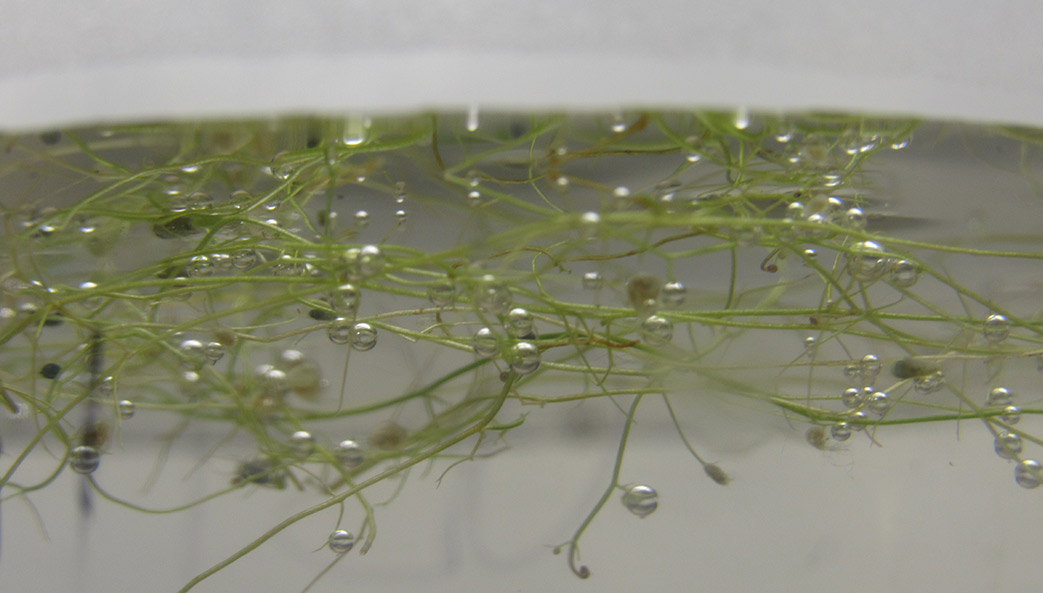Sweet tea may be the “house wine” of the American South, but very few of the tea leaves used in the thousands of gallons of tea Southerners drink every year are grown nearby.
Despite Southern experiments in tea farming dating back to Colonial times, this temperamental cousin of the camellia has never caught on as a cash crop. However, with growing interest in craft teas and innovations in breeding and harvesting technologies at hand, it may be time for the South to start supplying its families’ pitchers with locally grown tea.
“Tea has been grown here, but for some reason—the cost of processing, the cost of cultivation, the cost of labor—it’s never become a large-scale crop,” said Donglin Zhang, a professor of horticulture at UGA’s College of Agricultural and Environmental Sciences. Zhang is working to bring large-scale production of tea—Camellia sinensis (L.) Kuntze—to the U.S.
Today, tea harvesting has been mechanized, and the demand for tea has grown. U.S. sales grew from $1.8 billion in 1990 to $10.8 billion in 2014, according to the Tea Association of the USA. That market trend, combined with consumers’ growing preference for locally sourced products, may mean that it’s finally tea time in the South.
Right now, there’s only one large-scale commercial tea farm in the continental U.S.—the Charleston Tea Plantation outside of Charleston, South Carolina—though there are artisan growers and smaller farms in more than a dozen states. The Great Mississippi Tea Company opened recently in Brookhaven, Mississippi, and Zhang expects that more farms will be established in the near future.

“Consumption has gone up, prices have gone up and mechanical harvesting techniques have improved,” Zhang said. “This is why I think it could work here.”
Zhang has extensive experience as an ornamental plant breeder and was first drawn to tea and Camellia species as ornamental plants. His breeding program focuses on producing plants that serve two purposes: food and beauty.
“People today have smaller yards, and I think there is interest in plants that have multiple purposes,” he said.
He has traveled to China to collect varieties of persimmon, jujube and waxberry to use as parent plants for ornamentals that could thrive in the Georgia environment.
With delicate foliage, variegated leaves, bright blooms in the form of camellia flowers and the prospect of a homegrown cuppa, tea plants are also part of his ornamental breeding program.
Then he thought, “If tea plants could be successfully grown in a yard, why couldn’t they grow on farms?”
Many of the tea plants grown for beverage production are notoriously cold-sensitive and don’t tolerate the rapid temperature changes common in Georgia. Zhang is working to breed more cold-tolerant plants that also produce a distinctly delicious Southern tea.
Today, Zhang has a selection of nine tea cultivars growing at the Durham Horticulture Farm outside UGA’s Athens campus. During a recent trip to China, Zhang and plant breeders from other Southeastern land-grant universities identified several dozen varieties out of the 4,000 currently being grown there commercially that they believe will flourish in Georgia and throughout the South. Zhang hopes to add those varieties to his breeding program in the future.
This story appeared in the fall 2017 issue of Research Magazine. The original press release is available at https://www.caes.uga.edu/news/story.html?storyid=6094&story=Hometown-Tea.






